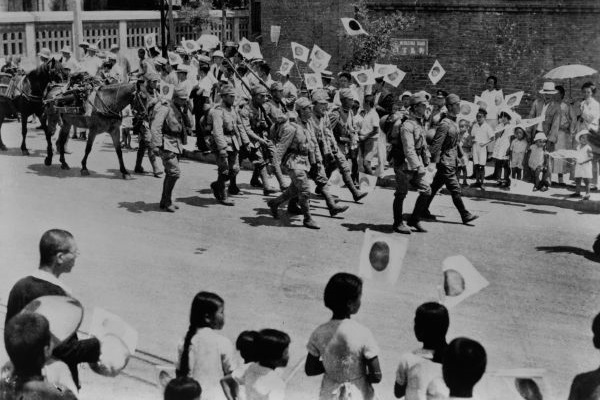THE Second World War, as we know, led to the death of about 70 million people. However, the death and destruction of entire cities were not the only devastating effects of the war. The flight of large numbers of people was also part of the dramatic scenarios of World War II. The number of refugees that period, as well as the death toll, is also counted in the tens of millions.
The centers where the main fighting took place and where the main battle fronts were active were those that produced the largest contingent of refugees. Among these centers were Polish cities such as the capital Warsaw, which was incessantly bombed, London, Berlin and many Eastern European cities, the zone where the Nazi and Soviet armies faced each other.
Millions of Poles remained in transit throughout the years of the war. In 1939 alone, the first year of the war, around 300,000 Polish refugees moved to Soviet domains, fleeing from the Nazis. However, in USSR-dominated Eastern Europe, the Poles (as well as the Jews) did not find freedom they wanted and many of them, in the following years, returned to the Nazi-dominated areas of Poland.
In northern countries such as England, Scotland, Wales and other countries such as the Netherlands and France, the flight occurred to rural regions, small villages in which seminaries, monasteries, colleges and other institutions welcomed people considered to be the most vulnerable, such as the elderly, women and kids.
The historian Norman Davies, in his work “Europe at War”, highlighted that, on the Eastern Front,
Do not stop now... There's more after the advertising ;)
“refugees were in a particularly difficult situation, as the rear areas were subject to fierce patrolling by security forces. But in the winter of 1944-45, as the Red Army advanced, the (second) great Ostflucht [flight from the East] took place. It is not clear how many millions of people were involved, but much of the German population of the Baltics, East Prussia, Pomerania, Galicia and Silesia wasted no time.” [1]
The presence of military actions, whether by the Red Army (Soviet) or by the Nazi forces, was always reason for uncertainty for the civilian population that faced the "crossfire", especially when there was an attack air. Norman Davies continues the narrative about the refugees from the East, highlighting the devastation that the winter of the turn of 1944 to 1945 wrought on these people:
“[…] These communities were often accompanied by non-Germans who had equal reason to fear the devastating strength of the Soviets. Many traveled in horse-drawn carts, reminiscent of medieval pioneers. Others crawled in tatters between the exhausted columns of retreating German soldiers. Tens of thousands or more lost their lives while trying to cross the icy Baltic on foot, or when trapped in coastal haffs (water basins).”[2]
GRADES
[1] DAVIES, Norman. Europe at War. Editions 70: Lisbon, 2006. P. 391.
[2] Idem. P. 391.
By Me. Cláudio Fernandes



